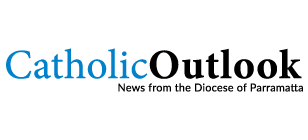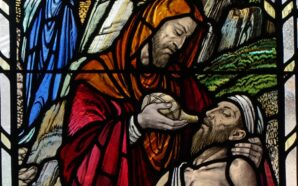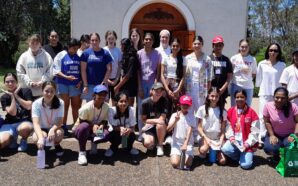When the Vatican released a new document on artificial intelligence this week, some may have considered a version of the early church father Tertullian’s question, “What has Athens to do with Jerusalem?” This time the question might be: “What does the Vatican know about A.I.?”
The answer: Quite a lot. This week’s release of “Antiqua et Nova,” a “note” on human and artificial intelligence, is only the latest step in the Vatican’s decade-long history of leadership in the field of A.I. ethics—a history that has earned it significant influence among tech leaders, particularly at Microsoft and IBM.
As early as 2007, Pope Benedict XVI warned scientists at the Pontifical Lateran University that “contemporary life gives pride of place to an artificial intelligence ever more enslaved to experimental techniques, thereby forgetting that all science should safeguard mankind and promote his tendency to authentic goodness.” His emphasis on the importance of technology protecting humanity and the common good would be echoed by the Vatican over the next almost two decades.
As machine learning developed quickly during that time, with “deep learning” emerging as a breakthrough technology, the Pontifical Academy of Sciences began hosting workshops on data processing. A gathering in 2015 on “Big Data and Science” aimed to bring together experts in the life sciences, earth sciences and astrophysics to discuss “examples of appropriate collection, storage and management of data.” The following year, the Pontifical Academy of Sciences turned its sights specifically to A.I., hosting a workshop on the “Power and Limitations of Artificial Intelligence,” which was attended by Demis Hassabis, a co-founder of Google Deepmind, Google’s artificial intelligence research laboratory.
To continue reading this article, click here.
Colleen Dulle is an associate editor at America and co-hosts the “Inside the Vatican” podcast.
With thanks to the America Magazine and Colleen Dulle, where this article originally appeared.








